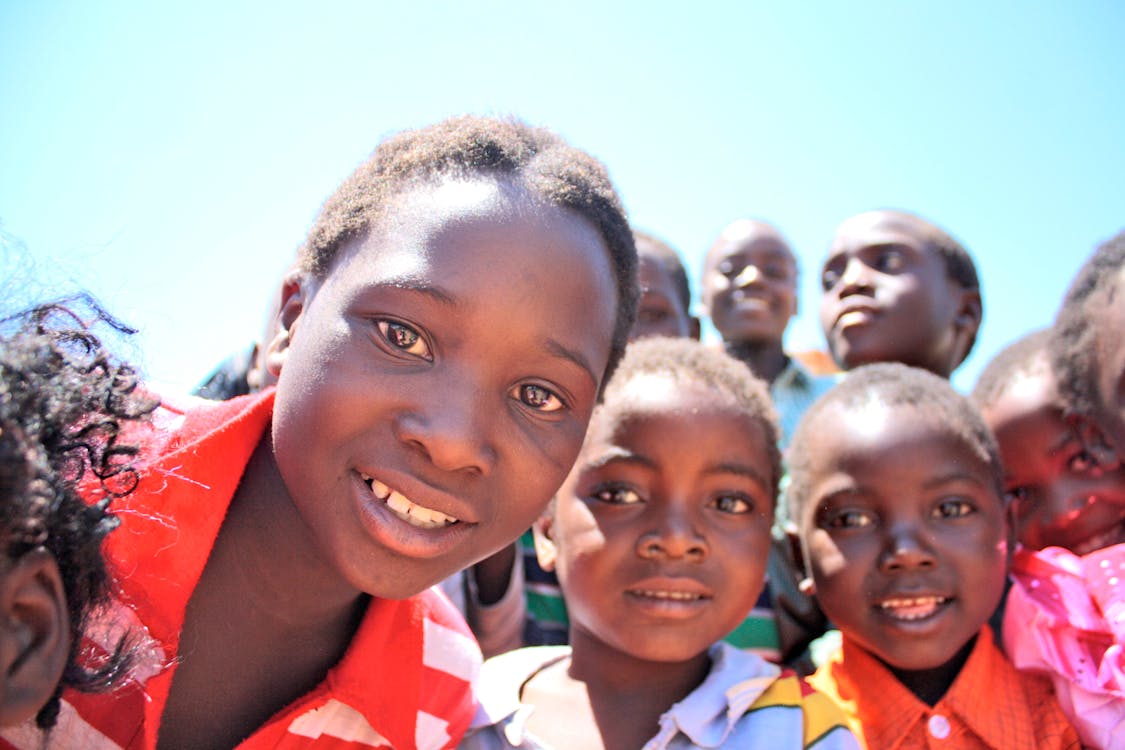Responsible reporting, commentary and analysis on all aspects of the Global Fund ecology since 2002
A world without epidemics of AIDS, Tuberculosis, and Malaria



Responsible reporting, commentary and analysis on all aspects of the Global Fund ecology since 2002
Aidspan promotes and holds itself to the highest standards of honesty, accuracy, truthfulness and ethical conduct.
Aidspan is an international non-governmental organization (NGO) created In 2002 as an independent observer of the Global Fund to fight AIDS, Tuberculosis and Malaria. Aidspan provides the Global Fund’s and other Global Health Initiative (GAVI,GFF,etc) with information and analysis to understand and evaluate the progress. Aidspan aims to influence the transparency and effectiveness of the Global Fund at the global and country-level.
Transparent, accountable and effective implementation by the Global Fund and other global health initiatives as a foundation of global health equity.
To improve the effectiveness, transparency and accountability of the Global Fund and other global health initiatives through independent observation, convening, and building the capacity of in-country stakeholders and accountability mechanisms.

Independent observer of the Global Fund and other Global Health Initiatives

Increase transparency, accountability & effectiveness

Communicate for change & influence

Build and strengthen strategic partnerships
Aidspan Releases Issues with articles every month, in French and English
Providing readers with Accurate, Unbiased results. Browse through our library for various key documents.



“When I joined the Global Fund, I avidly read back issues of the GFO to get me up to speed on what is an incredibly complex organisation. I have always found the GFO clear, honest, and saying the things that many of the staff in the Fund wish we had the space (or courage) to say.”
– Ade Fakoya, Senior Specialist HIV, Global Fund

"Global Fund Observer is lucid, intelligent and definitive. It makes a huge contribution to everyone's understanding of the processes and realities of the Global Fund."
– Stephen Lewis, former Special Envoy for
HIV/AIDS in Africa of the
UN Secretary-General

"Congratulations for your work on watchdogging, it will help all of us to deliver good results in Global Fund implementation of proposals."
– Rosemeire Munhoz, UNAIDS Country
Coordinator, Burundi
Dear Reader,
The site is in a transition period and some content may not be available as the update is undergoing. Kindly bear with us.